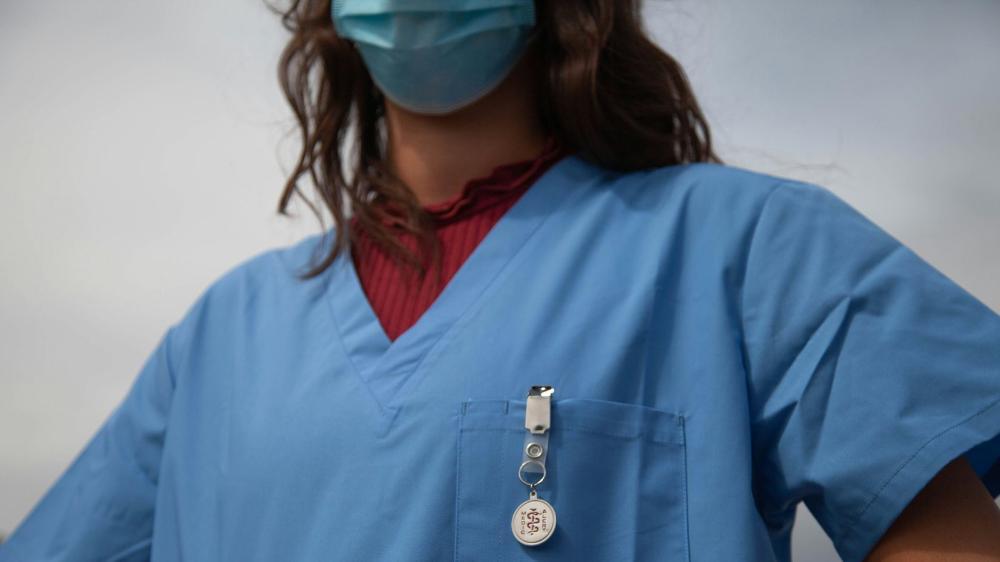July 1, 2025
A new ‘prac payment’ has just kicked in. But it ignores many uni students
Some nursing and teaching students will have access to a new $331 a week payment. But medical, physio and psychology students all miss out
On Tuesday, some Australian university students got access to a new payment. The is available to eligible teaching, nursing, midwifery and social work students.
It will provide A$331.65 a week during compulsory professional placements, to help with living and study expenses. This could include travel, accommodation, uniforms and lost income from other employment.
But while the payment is a much-needed step in the right direction, many students are still missing out.
Who’s not covered?
The prac payment was a recommendation from the federal government’s 2024 . It is designed to help students complete essential professional placements, so they can graduate and enter the workforce.
But numerous other health degrees with time-consuming work placements from the payment.
This includes medicine, physiotherapy, dietetics, psychology, radiography and other allied health professions. Veterinary medicine students are also ineligible. Many of these professions are also .
The payment is also only available to teaching, nursing and social work students who already qualify for (the income support payment for students and apprentices who are 25 and over).
So this means the prac payment is . It is also considered taxable income and paid at the rate of Austudy – which is not generous. The basic Austudy rate is .
The payment is also only available to Australian domestic students, even though many international heath students end up after graduating.
Why is this an issue?
Researchers, including ourselves, use the term “” to describe the impact mandatory placements can have on students. It can be a major barrier to students .
Students have widespread impacts of doing up to 1,000 hours of unpaid work to graduate – taking a toll on their income and mental health.
Kelly Lambert’s 2024 health and teaching students can incur a further $12,500–15,000 to the cost of degrees during unpaid placements.
Students the placement hours mean they can’t work in their regular paid casual or part-time jobs – and may lose this work as a result.
What does this mean for students?
In the short term, if students are not supported to complete their placements, they may not have enough money for .
Our found 29% of teaching and allied health students regularly skip meals while on placement. Some students also described sleeping in cars or driving excessive distances due to limited or expensive accommodation options near their placements.
If students are not supported in their placements, they can experience burnout and may not finish their degrees. Or they may not even begin them in the first place.
This is particularly the case for students from regional or rural communities (who may have further to travel), students with parenting or caring responsibilities, and students from low economic and otherwise disadvantaged backgrounds.
We also know its important to support students to do placements in rural, regional and remote areas – students who complete placements in these communities and work in those communities.
What do we need to do instead?
As a first measure, the government should expand eligibility criteria for the current payment to include other health disciplines and those who don’t currently meet the means testing threshold.
Research financial hardship is not confined to students who qualify for Austudy, it is experienced across the board.
Students have interest-free short-term loans, subsidised parking (similar to hospital employees), and greater transparency about the costs associated with unpaid placements. International students have also said would help them complete their placements.
Other, more significant changes could include apprenticeship-type compensation models for healthcare students, where students get paid to study as part of their training. These schemes are already in Scotland.
Ultimately, we want to support more students to do health and teaching degrees to fill workforce gaps – not discourage them with high costs of studying.![]()
, Associate Professor Nutrition and Dietetics, and , Associate Research Fellow, Centre for Chronic and Complex Care Research,
This article is republished from under a Creative Commons license. Read the .
UOW academics exercise academic freedom by providing expert commentary, opinion and analysis on a range of ongoing social issues and current affairs. This expert commentary reflects the views of those individual academics and does not necessarily reflect the views or policy positions of the 51²è¹Ý.
